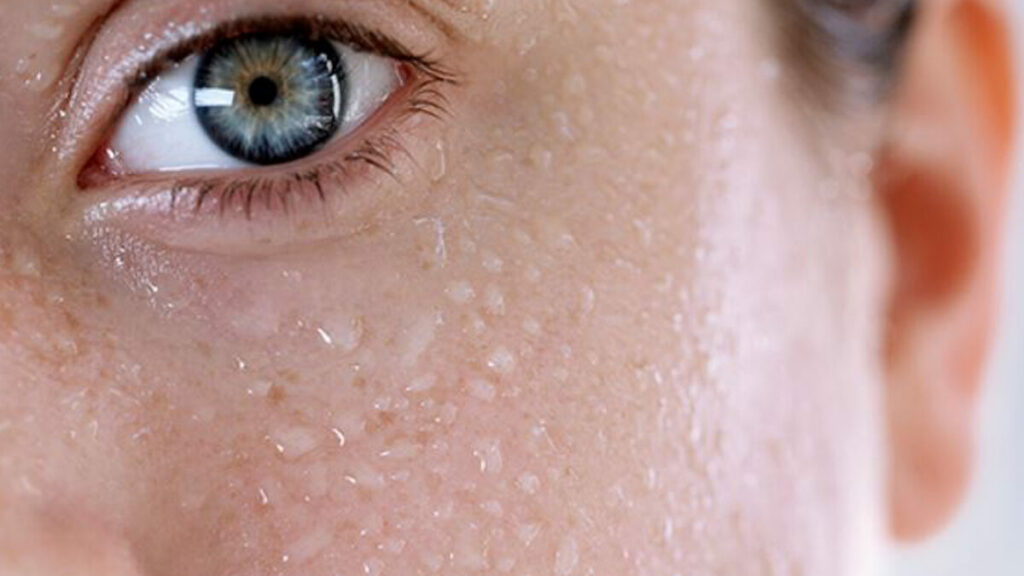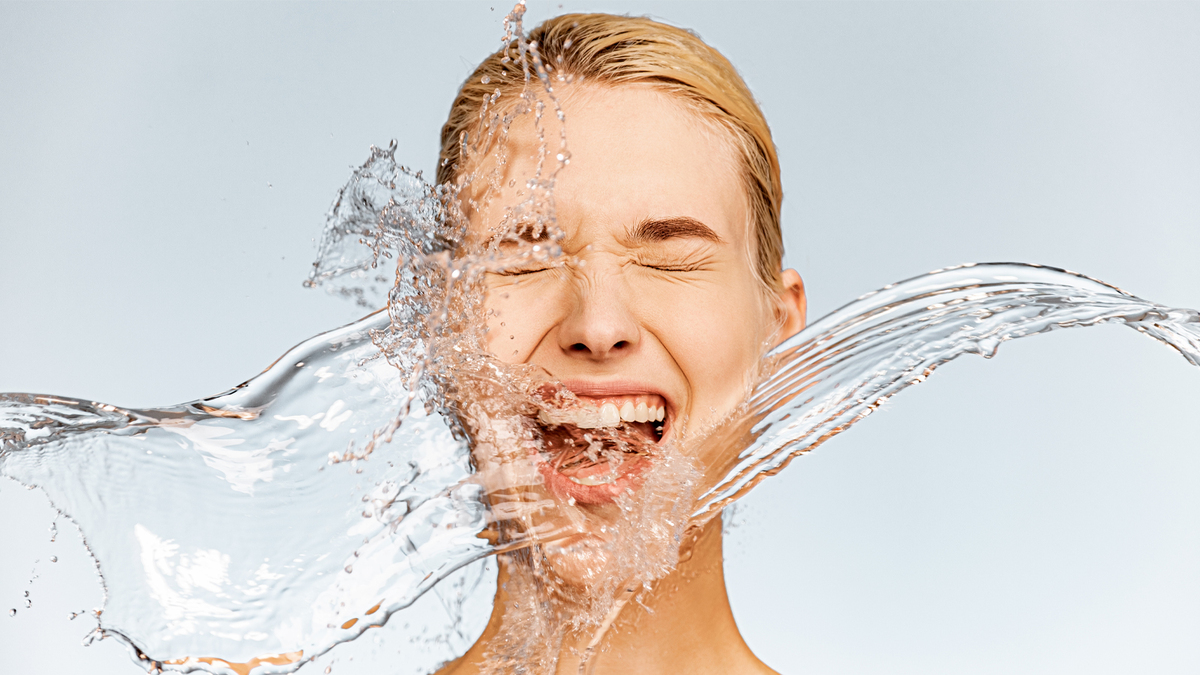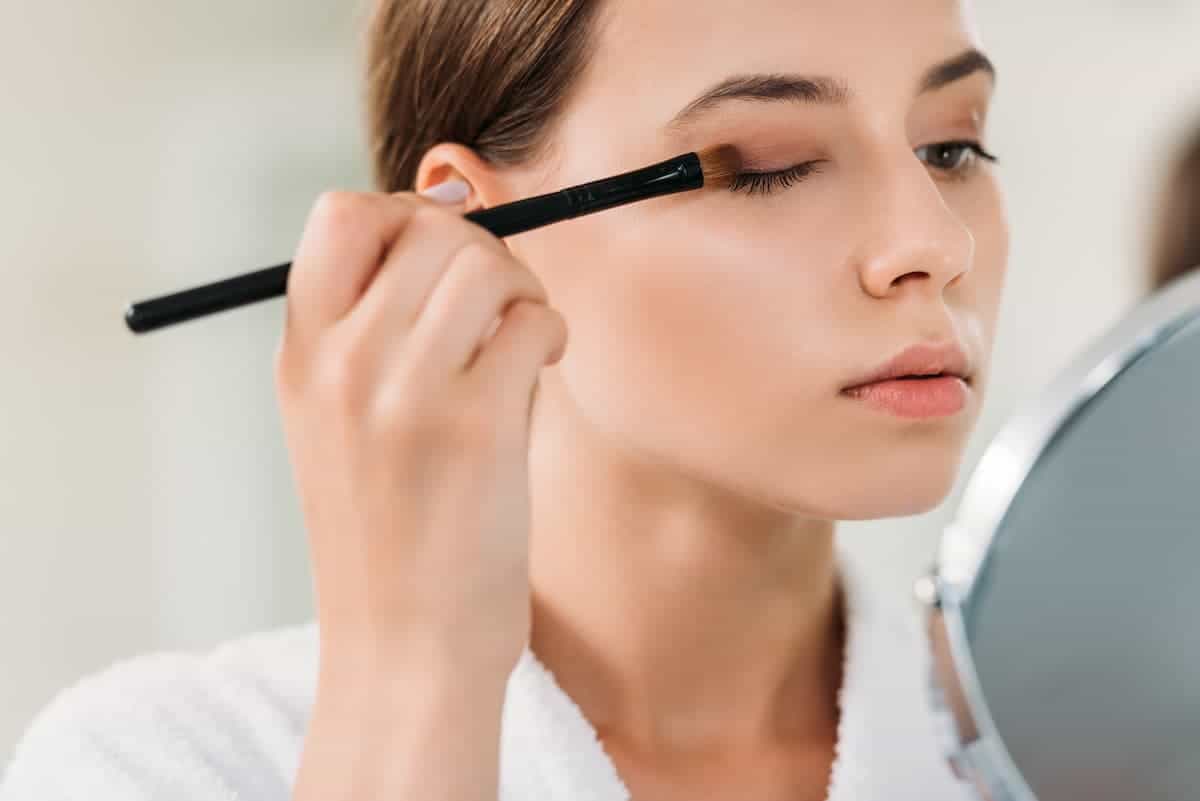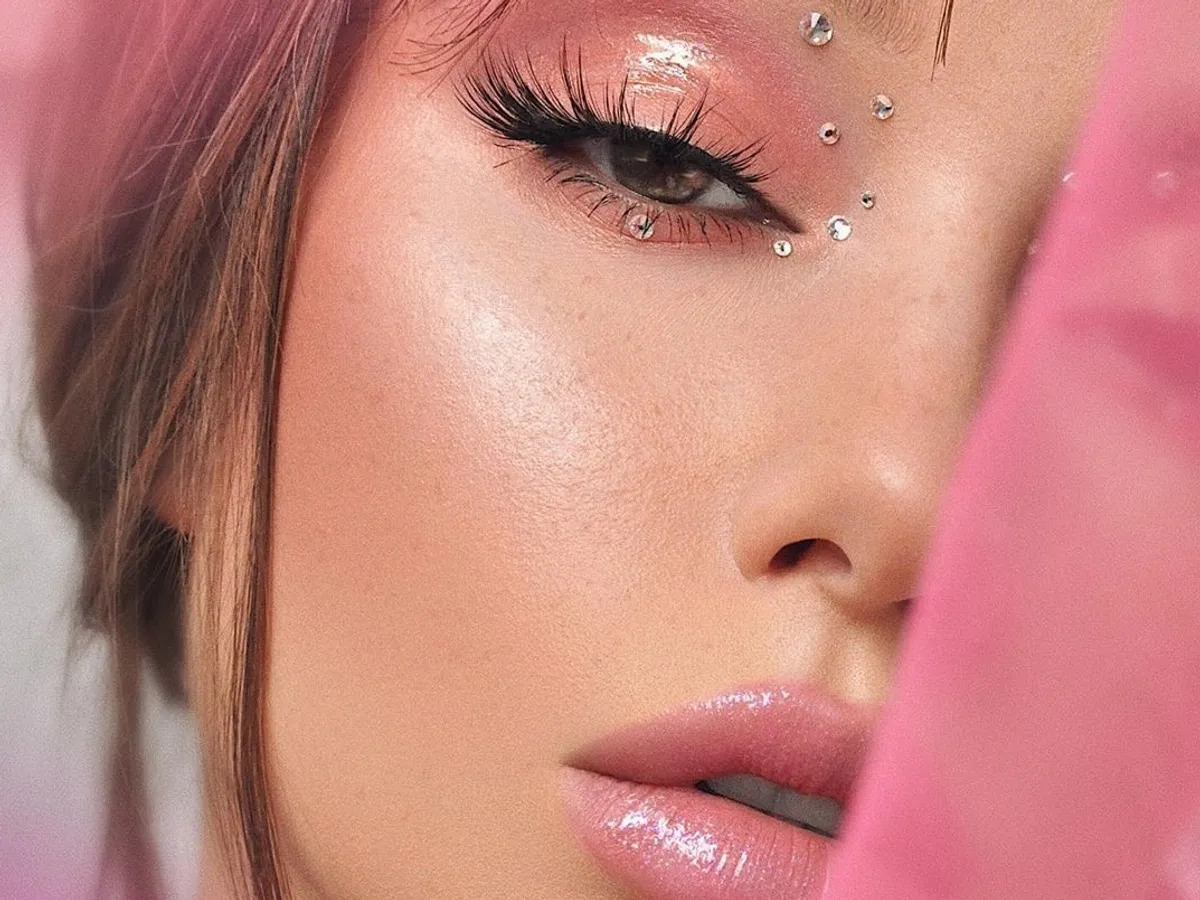
Water, the elixir of life, plays a vital role in our overall well-being. While its importance for bodily functions is well-known, its impact on skin health often takes a backseat. Our skin, the largest organ, requires adequate hydration to function optimally and radiate a healthy glow. In this comprehensive guide, we will dive into the world of water consumption and its profound benefits for skin health. From maintaining hydration to supporting a youthful complexion, the advantages of drinking water extend far beyond quenching our thirst.
The Role of Water in Skin Health
Water is essential for skin health due to several key functions it performs within the body:
- Hydration: Hydrated skin is plump, smooth, and supple. Water helps maintain the skin’s natural moisture barrier, preventing dehydration and dryness.
- Nutrient Transport: Water facilitates the transport of nutrients to skin cells, ensuring they receive essential vitamins and minerals for optimal function.
- Toxin Elimination: Adequate water intake supports the body’s detoxification processes, helping eliminate waste and toxins that can contribute to skin issues.
- Collagen Production: Collagen, a protein responsible for skin’s elasticity and firmness, requires water to form properly.
- Blood Circulation: Good blood circulation delivers oxygen and nutrients to skin cells, promoting a healthy complexion.
Benefits of Water Consumption for Skin
- Enhanced Hydration: Drinking enough water ensures that your skin cells are adequately hydrated, minimizing dryness, flakiness, and dullness.
- Youthful Appearance: Well-hydrated skin appears plump and youthful, reducing the appearance of fine lines and wrinkles.
- Natural Glow: Hydrated skin reflects light better, resulting in a natural, radiant glow.
- Clear Complexion: Water helps flush out toxins and excess oil, reducing the likelihood of clogged pores and breakouts.
- Even Skin Tone: Hydration can help even out skin tone by supporting the natural shedding of dead skin cells.
- Reduced Puffiness: Water consumption helps minimize water retention, reducing puffiness and under-eye bags.
- Faster Wound Healing: Hydrated skin heals faster due to improved circulation and nutrient delivery.
How Much Water Should You Drink for Skin Health?
While the “8×8” rule (eight 8-ounce glasses of water per day) is a commonly cited guideline, individual water needs can vary based on factors like age, activity level, climate, and overall health. A more personalized approach is to listen to your body’s signals. Thirst is an excellent indicator that your body needs water. Additionally, your urine color can offer insights into your hydration level—a light, pale yellow color indicates proper hydration.

Tips for Increasing Water Consumption
- Carry a Reusable Bottle: Having a reusable water bottle with you makes it easier to drink water throughout the day.
- Set Reminders: Use alarms or phone apps to remind you to drink water regularly.
- Infuse with Flavors: If plain water doesn’t excite you, infuse it with slices of fruits like lemon, cucumber, or berries for added flavor.
- Incorporate Hydrating Foods: Many fruits and vegetables have high water content. Incorporate hydrating foods like watermelon, cucumber, and oranges into your diet.
- Create a Routine: Have a glass of water when you wake up, before meals, and before bedtime to establish a routine.
- Monitor Your Intake: Keep track of your daily water intake to ensure you’re meeting your hydration goals.
Expert Insights on Water and Skin Health
- Dr. Doris Day, Dermatologist: “Hydrated skin is the foundation of skin health. When your skin is properly hydrated, it functions optimally, which in turn enhances its appearance.”
- Dr. Harold Lancer, Dermatologist: “Water consumption is critical for maintaining skin’s moisture balance, elasticity, and overall health. It’s as important as a skincare regimen.”
- Dr. Joshua Zeichner, Dermatologist: “Drinking water is important, but also make sure you’re eating a well-balanced diet rich in fruits and vegetables that contribute to hydration.”
Considerations and Additional Practices for Skin Health
- Balanced Diet: Hydration works hand in hand with a balanced diet. Nutrient-rich foods contribute to healthy skin from the inside out.
- Avoid Excessive Caffeine and Alcohol: These beverages can have a diuretic effect, leading to increased fluid loss. Balance them with water intake.
- External Hydration: In addition to drinking water, consider using hydrating skincare products that contain ingredients like hyaluronic acid.
- Mindful Skincare: Skincare products can enhance water retention in the skin. Apply a moisturizer to damp skin to lock in hydration.
Water consumption isn’t just a mundane necessity; it’s a powerful tool for achieving and maintaining vibrant, healthy skin. The benefits of proper hydration extend beyond quenching your thirst, manifesting in a radiant complexion, youthful appearance, and overall skin health. By making conscious efforts to prioritize hydration through mindful consumption and complementary skincare practices, you’re laying the foundation for skin that not only looks beautiful but also functions optimally. Embrace the gift of water, and let its transformative effects illuminate your natural radiance from the inside out.








